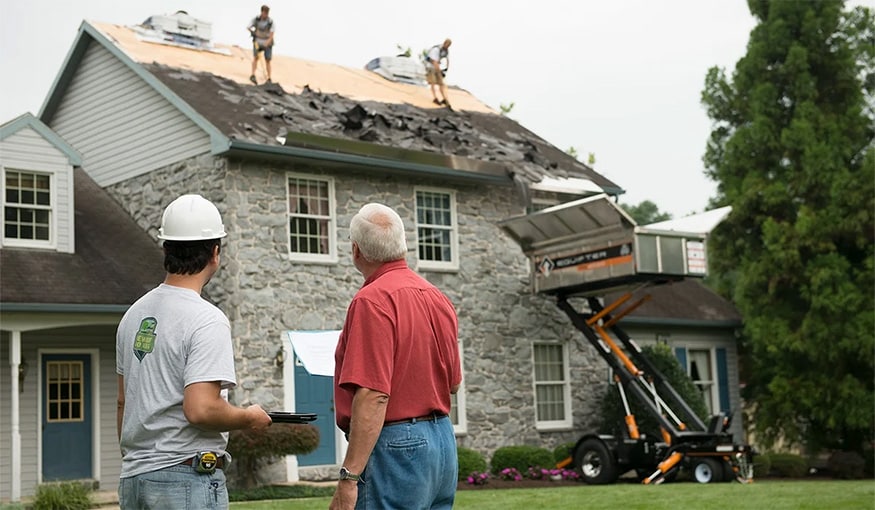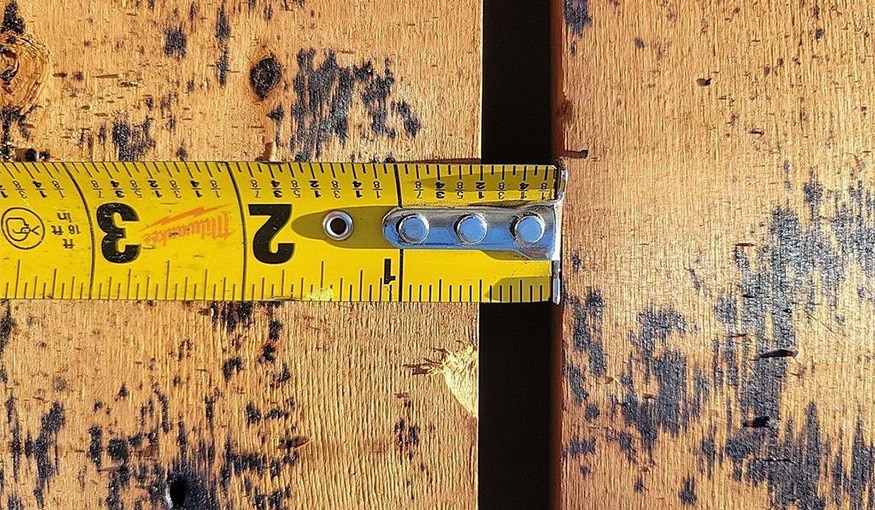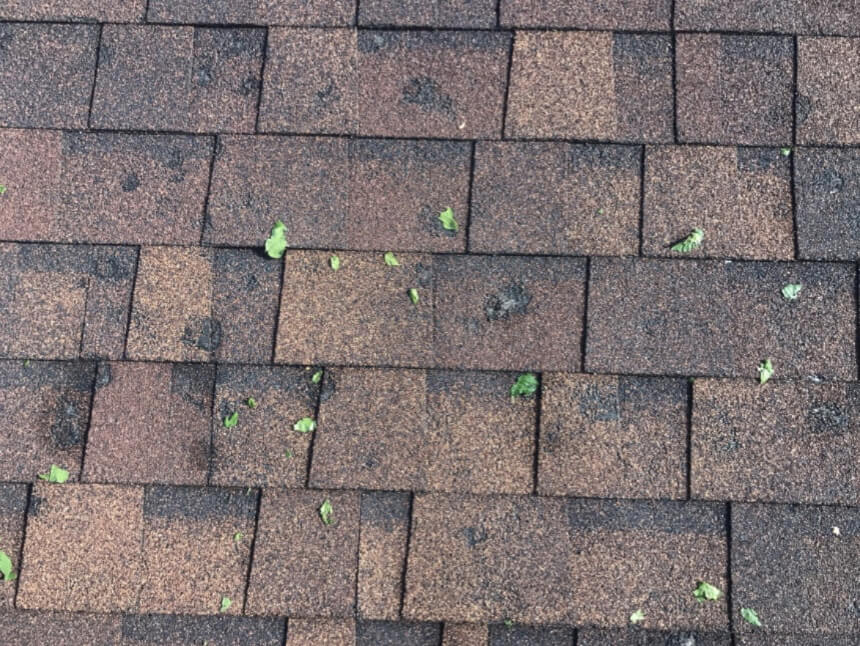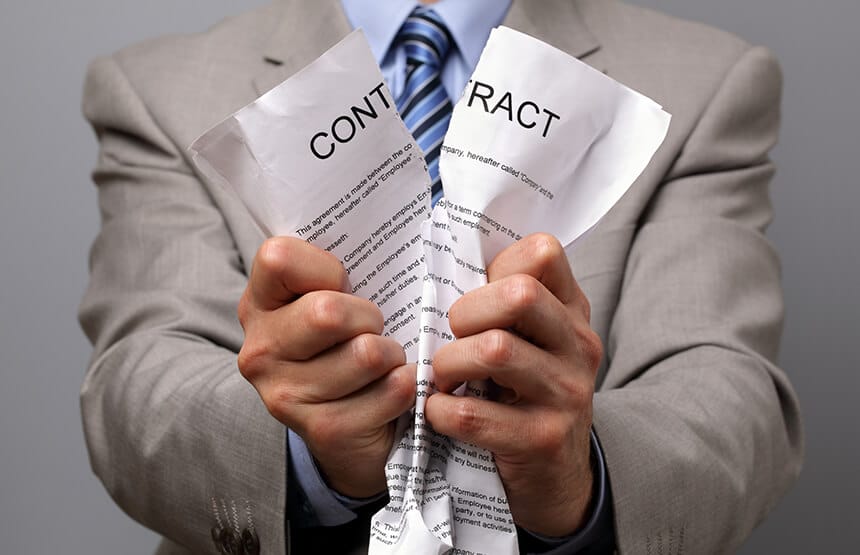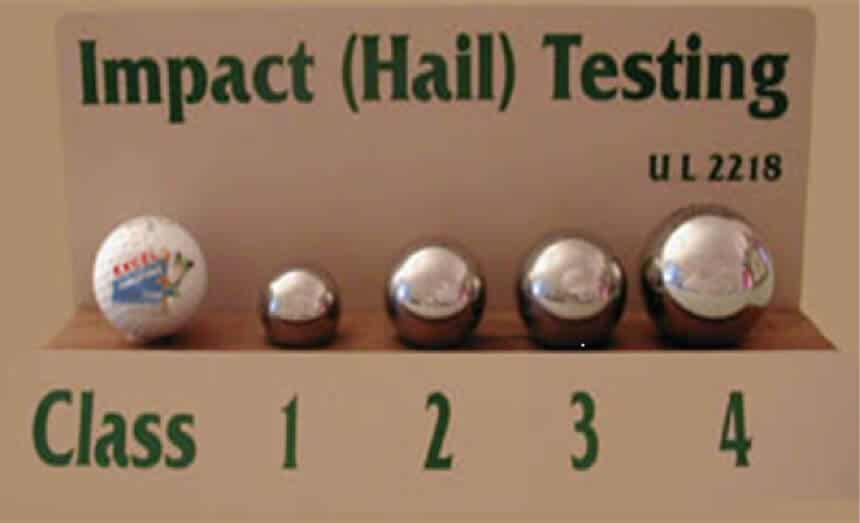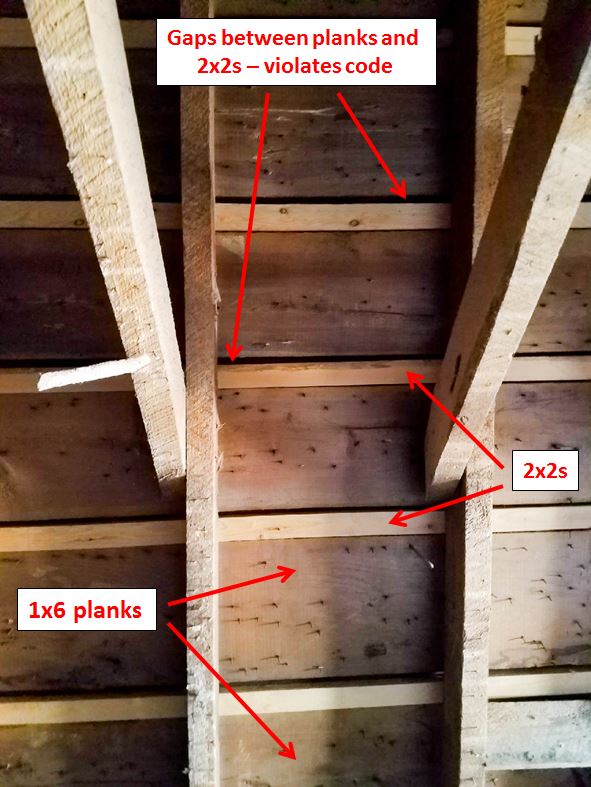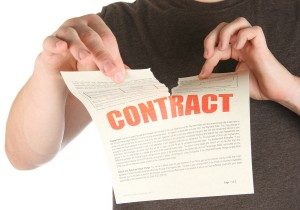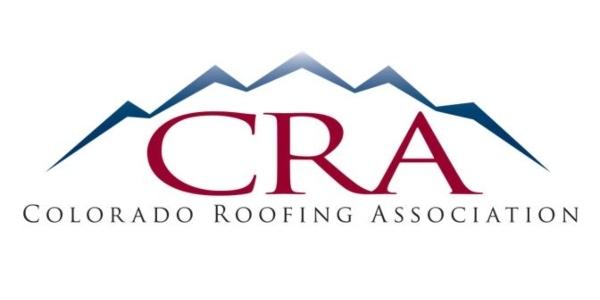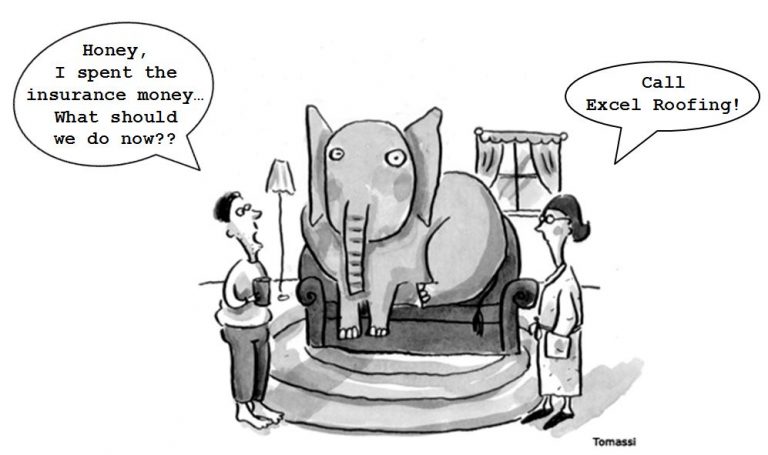What To Do When Your Insurance Company Will Not Total The Roof or Pay Enough For Replacement
It’s a situation no homeowner wants to find themselves in. Your roof has been damaged by a hailstorm, and you’re counting on your insurance company to cover the cost of repairs or replacement. But what do you do when your insurance company won’t total the roof or offers an amount that falls far short of what you need to get the job done?

When your insurance company won’t total the roof:
The first question we often encounter is when homeowners believe their roof is totaled due to hail damage, but their insurance company is reluctant to pay.
- The first step is to have a reputable company like Excel Roofing inspect your roof. They will determine if there’s enough damage to warrant a total roof replacement. This discussion sometimes seems to take on a life of its own, that it’s some mystical thing about whether the roof is totaled or not. It’s straightforward on an asphalt shingle roof. If there are 9 to 10 hail bruises per square the roof should be totaled.
- 2.If Excel Roofing confirms that your roof is totaled, the next step is to authorize them to meet with your insurance company’s adjuster. This meeting onsite will allow both parties to assess the damage and hopefully come to an agreement. Excel Roofing rarely tells a homeowner that their roof should be totaled if there is not clear and definitive damage. Almost every one of our insurance company meetings is successful because of this.

- If no resolution is reached with your insurance adjuster, it may be time to involve a public adjuster and go through the appraisal and arbitration process. Almost every insurance policy has a provision that if there is a settlement due to the homeowner, and the insurance company and homeowner do not come to an agreement then an appraisal and arbitration process is used to solve this situation. The homeowner is represented by the public adjuster and the insurance company is represented by their adjuster. Both sides choose a neutral arbitrator who will make a binding decision regarding the claim. The public adjuster normally receives 5-10% of the amount paid as payment for his services.
- If the arbitrator rules that the roof is not totaled, you’ll need to accept the offer from your insurance company. However, if the arbitrator rules in your favor, they will decide how much should be paid to cover the cost of the roof replacement.
- This structured process can help you resolve disputes with your insurance company regarding the total loss of your roof.
When your insurance company offers insufficient payment:
The second question that homeowners often face is when the insurance company agrees to total the roof but offers an insufficient amount for its replacement. Here’s how to address this situation:
-
- Excel Roofing has a high success rate with this issue because we utilize the same software that insurance adjusters use to determine the cost of repairs or replacement. Excel Roofing can provide a detailed diagram of your roof and an exact Xactimate insurance settlement report, along with their estimate, to the insurance adjuster. This often resolves the issue.

2. If the insurance company continues to offer a low settlement that does not cover the cost of your roof replacement, it’s time to bring in a public adjuster. They can negotiate on your behalf and, if necessary, initiate the appraisal and arbitration process to secure a fair settlement.
Dealing with insurance companies when it comes to roof damage claims can be a complex and frustrating process. However, by following these steps, you can increase your chances of receiving a fair settlement. Whether your roof is not totaled, or the offered amount is insufficient, seeking professional help from roofing experts and public adjusters can make a significant difference in ensuring that your home remains well-protected. Remember, you have the right to a roof that is in good condition, and your insurance policy should help you achieve that goal.


